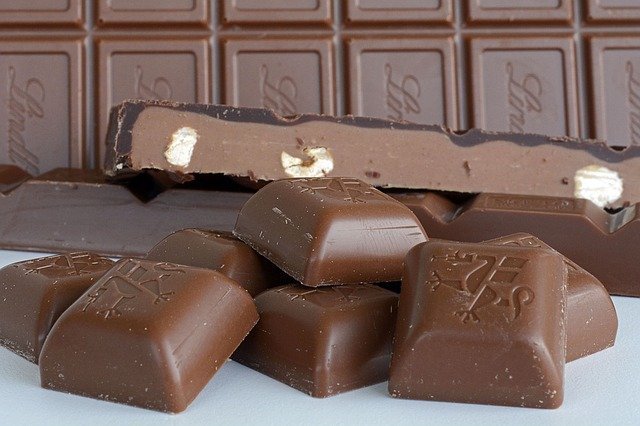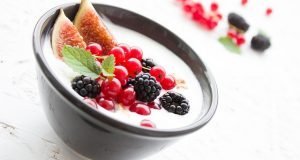A team of researchers from the North Carolina State University has found a way to increase the nutritional value of milk chocolate, which is usually inferior in health benefits to dark chocolate.
With more than 85% of chocolate consumers reaching for milk chocolate, which only contains 20-25% of pure cacao, scientists were looking for a way to increase the health benefits of the most popular sweet-tooth satisfier.
Cacao is full of protein, fiber, vitamins, minerals, and antioxidants, which is why dark chocolate is usually seen as the healthier choice: it contains 70-99% of pure cacao, which also means that there is less sugar, milk, butter, and other added ingredients in it.
What benefits does dark chocolate have that milk chocolate doesn’t?
Dark chocolate contains 50% less sugar and has four times more fiber than milk chocolate and has more iron, magnesium, phosphorus, and antioxidants.
Studies have proven that dark chocolate can reduce oxidative stress in the cardiovascular system, lower cholesterol, improve circulation, boost mood and mental health, and can even help to increase weight loss.
Milk chocolate, on the other hand, has not been linked to many health benefits because the cacao content is so low. This means that it has less fiber, antioxidants, vitamins, and minerals, while containing more sugar, saturated fat, and additives.
The one thing that it does have is more calcium because of the higher milk content, which helps to increase the strength of teeth and bones.
How will scientists improve the nutritional value of milk chocolate?
Dr. Rishipal Bansode and his team from the North Carolina Agricultural and Technical State University’s Center for Excellence at the North Carolina Research Campus conducted a study on the health benefits of peanut skins, which are usually discarded during the blanching process in the peanut industry.
It was found that peanut skins were rich in antioxidants, polyphenols, and fiber, which meant that this waste product held the key to boosting the nutritional value of many types of foods if they could find a way to use it.
They started by extracting antioxidant-rich phenolic compounds from the peanut skins and then adding them to maltodextrin powder, which is a carbohydrate made from rice, corn, and potatoes.
This edible powder was then added to milk chocolate and given to 80 volunteers in a taste test. Ordinary milk chocolate and the milk chocolate containing the peanut skin powder could not be distinguished by the volunteers, which meant that scientists were able to successfully boost the nutritional value of milk chocolate without affecting the taste.
In animal studies, the peanut extract was absorbed in the body within 30 to 60 minutes of consumption, which proved how quickly it could be beneficial to overall health. The results were published in the Journal of Food Science.
Dr. Bansode is now investigating peanut skins as a potential food ingredient to increase the nutritional value of other types of foods, using an unappetizing product to create something that can offer numerous health benefits in its maltodextrin powder form.
“We are also researching the use of peanut shells as a fertilizer and a purification method for municipal drinking water and wastewater,” he said.
Sources:
https://www.prevention.com/content/which-healthier-dark-chocolate-vs-milk-chocolate







